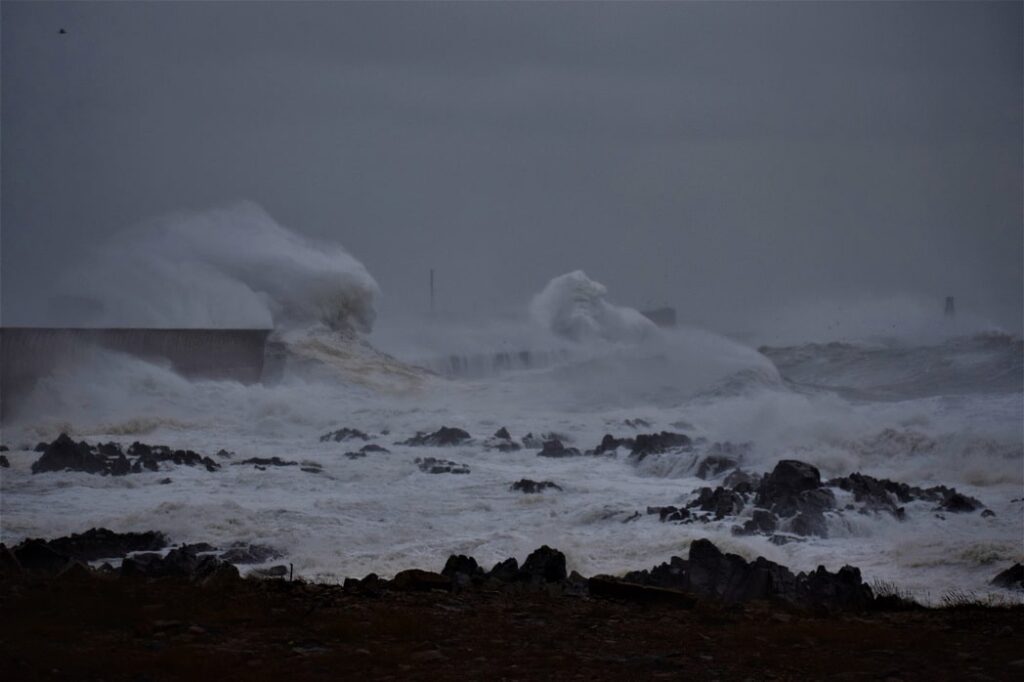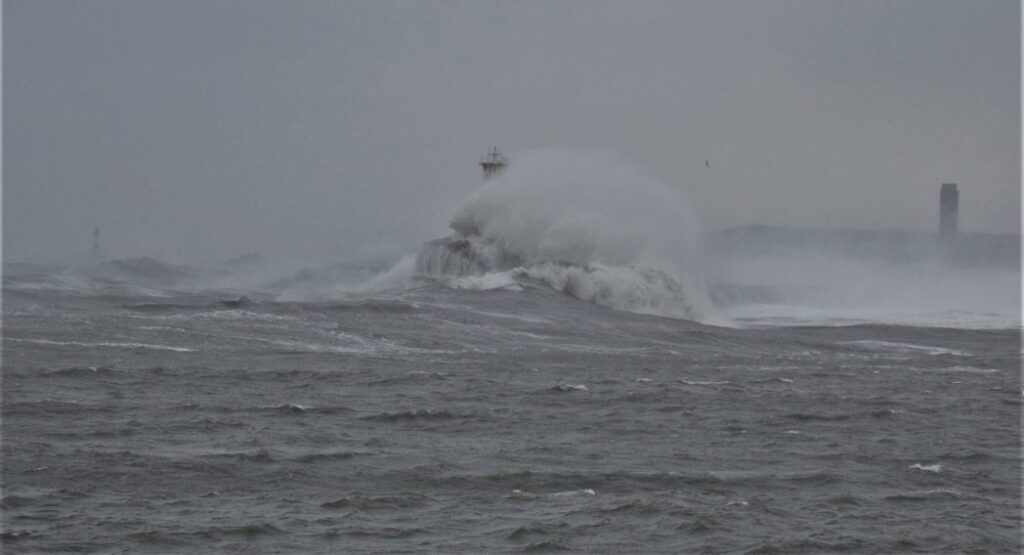Best ways How to Prepare for a Wind Storm 1
Provides details on action that can be taken in order to prepare for a strong wind storm.

High Wind Storm Safety
Property is replaceable, but there’s only one you. When there’s no time to batten down the hatches, the most important thing is to make sure you and your family are safe until the winds die down. Get indoors if possible when high winds are occurring. Stay away from windows.
If you’re stuck outside in high winds, seek the safest shelter possible. This could be next to a building or in an exterior below-ground stairwell. You want to protect yourself from flying debris or from being blown into more dangerous areas, like roads or train tracks. During extreme high winds, the safest place in an open area may be face-down in a ditch or low-lying ground, with your hands clasped behind your head.
If you’re driving during high winds, reduce your speed and keep plenty of room between your car and others. It’s especially important to drive with caution in high winds if you’re driving a high-profile vehicle or if you’re towing a trailer. If winds make driving difficult, consider pulling onto the shoulder or into a parking lot and remaining in your vehicle while you wait for the winds to diminish.
If you see downed power lines, call your local electrical utility. You can also report downed lines to your local police. Do not go near downed lines or utility poles. Downed lines can electrify puddles and even the moisture in the ground, so you should remain indoors if lines fall near your home. Call 105 or 0800300999
Preparing Your Home for High Wind Storm
The damaging effects of wind storms can range from broken flower pots to having your roof torn off. Here are some ways you can protect your property. When high winds are predicted or imminent:
- Bring pets and children indoors
- Secure loose items like toys, lawn furniture, trash cans, garden decorations and small potted plants by moving them to a shed or garage.
- Park your vehicles in a garage if the space is available.
- If there are large items outside your home that you can’t move indoors, secure them as needed with tie-downs or sandbags.
- Close and latch storm shutters if they’re already installed.
- Close and latch all doors and windows.
- Remove items from around your home that may be blown into windows/patio doors
- Place cars in garages or where they will be protected from flying debris, such as tiles or branches etc.
- Check that nearby trees and/or tall structures are undamaged and in good repair and are not in danger of being blown over and damaging your home or placing people in danger
If high wind storm have been forecast or are happening now, then you should take the following action:
- Keep an eye on the warnings and listen in to the local media for any further warnings or emergency information
- Do not go outside unless it is safe, or it is absolutely essential that you do so. If you must go outside watch out for flying debris and wear eye and head protection if possible.
- Do not attempt to make any repairs until the storm is over.
- Do not drive unless you have to. If you have to drive, drive slowly and with great care, use your lights to make you more visible. DO NOT drive high sided vehicles and keep your distance from other vehicles.
- Stay away from the coastline if possible
Plan ahead to avoid wind damage Wind Storm:
- Trim your tree branches, especially in cases of dead limbs or limbs that could bring down power lines or crash through windows.
- Schedule a professional roof inspection. An annual inspection can help you fix small things like loose shingles before wind or rain can turn them into major problems.
- Check your seals and insulation. Seal the cracks around windows and doors and check that your home’s insulation is up to par. On high-wind days, drafts can blow through old, cracked weather stripping and make your home feel chilly.
- Keep your garden clear of loose objects and debris that could be turned into projectiles by a stray gust.
- Prepare an emergency kit. High winds are a major cause of blackouts, so keep an emergency kit handy with everything you need to spend hours or days without electricity. If trees come down on the roads, you could be forced to survive on the food and water you have around your house, so make sure you maintain an ample stash.

Table of Contents

Plan Ahead with Peterhead.Live on

